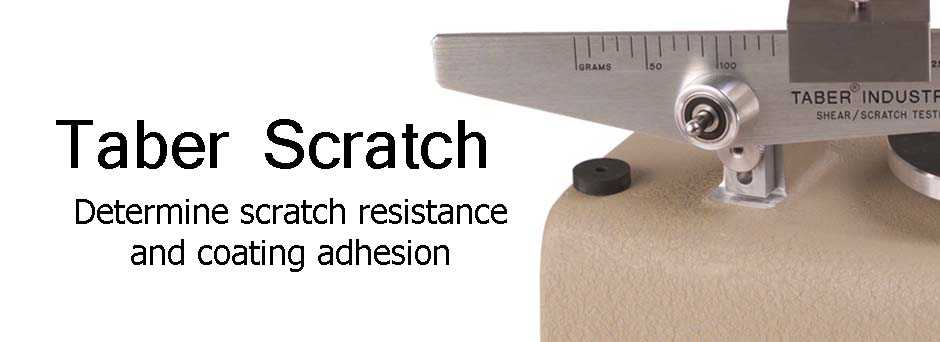What is the purpose of the scratch test?

The scratch test is a method used to assess the hardness, durability, or resistance of a material's surface to scratching or abrasion. It is commonly employed in various industries, including manufacturing, engineering, and quality control. The primary purposes of the scratch test are:
1. Material Evaluation: The scratch test helps evaluate the hardness and scratch resistance of a material. By subjecting the material's surface to controlled scratching or abrasion, it provides insights into its ability to withstand wear and tear, potential damage, or degradation in real-world scenarios.
1. Quality Control: The scratch test is employed as a quality control measure to ensure that materials or finished products meet specified standards or requirements. It helps determine if the surface of a material is sufficiently durable and resistant to scratching, which is particularly important for products exposed to mechanical stress or environments where scratching is likely to occur.

1. Comparative Analysis: The scratch test allows for the comparison of different materials or material formulations. By subjecting multiple samples to the same scratching conditions, it enables the assessment of relative scratch resistance and helps identify which materials offer better protection against scratches or abrasions.
1. Coating Assessment: The scratch test is often used to evaluate the adhesion and durability of coatings, such as paints, varnishes, or protective films. It helps determine if the coating adheres well to the underlying material and if it can withstand scratching or abrasion without peeling, chipping, or showing signs of damage.
1. Research and Development: The scratch test is utilized in research and development settings to study the performance and behavior of materials under different scratch or abrasion conditions. It aids in the development of new materials or surface treatments that exhibit improved scratch resistance or durability.
Overall, the scratch test provides valuable information about a material's scratch resistance, durability, and suitability for specific applications. It helps manufacturers, engineers, and researchers make informed decisions regarding material selection, product development, and quality assurance.
2023-08-24 14:54

